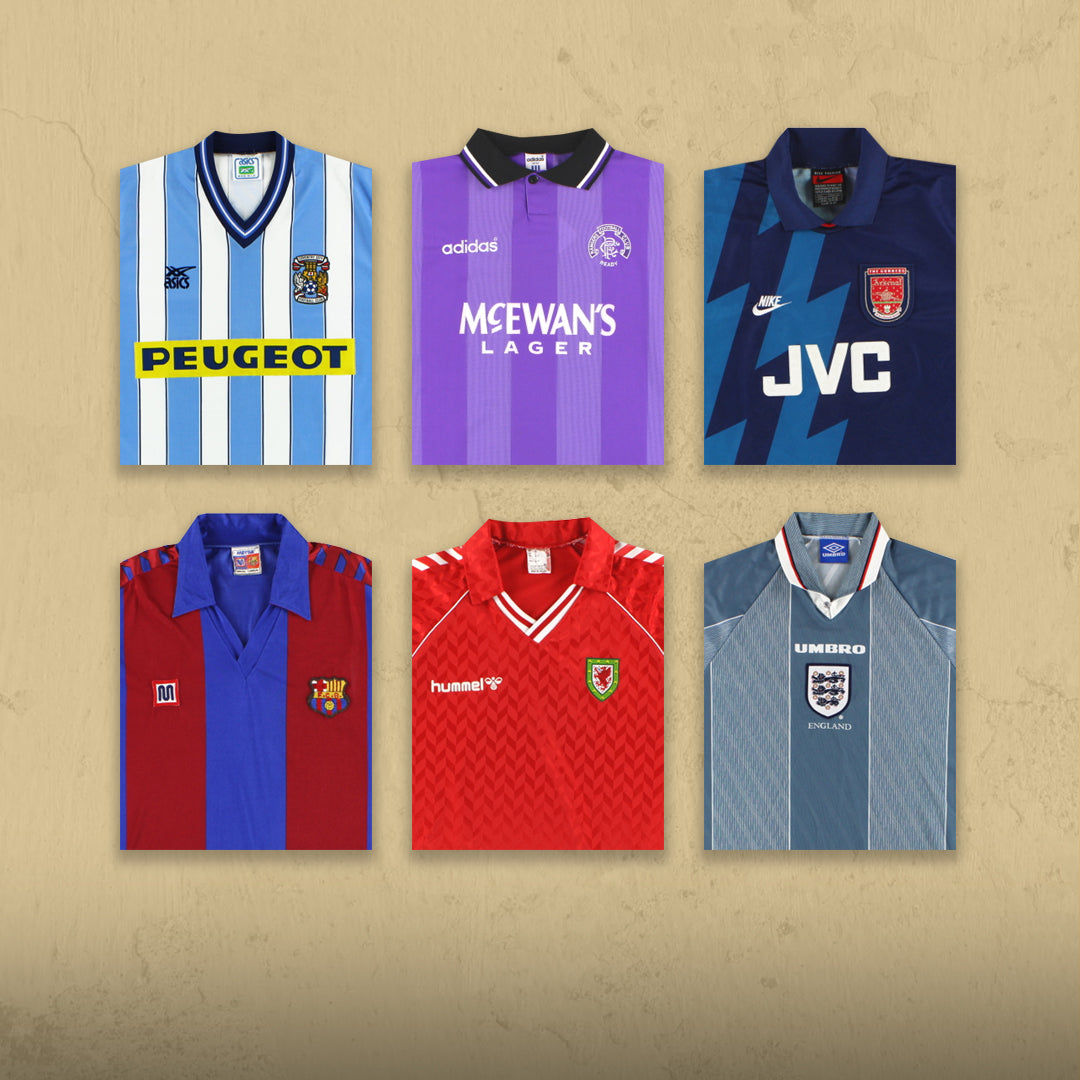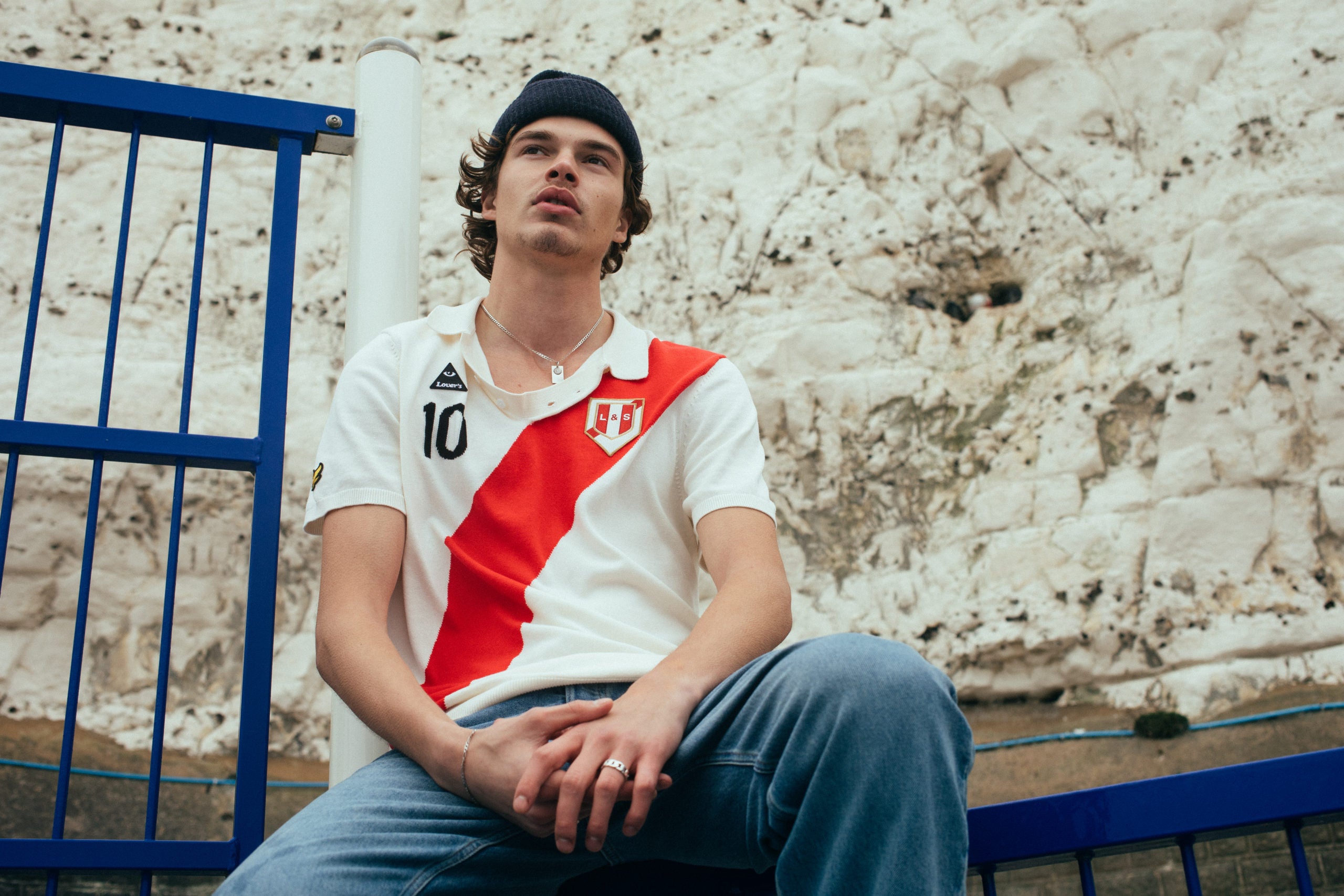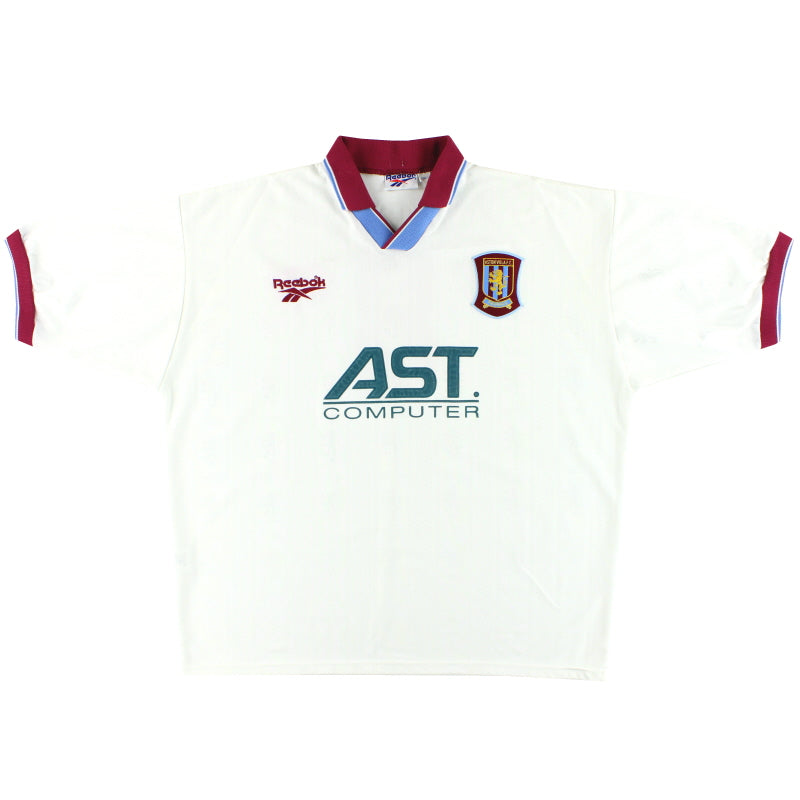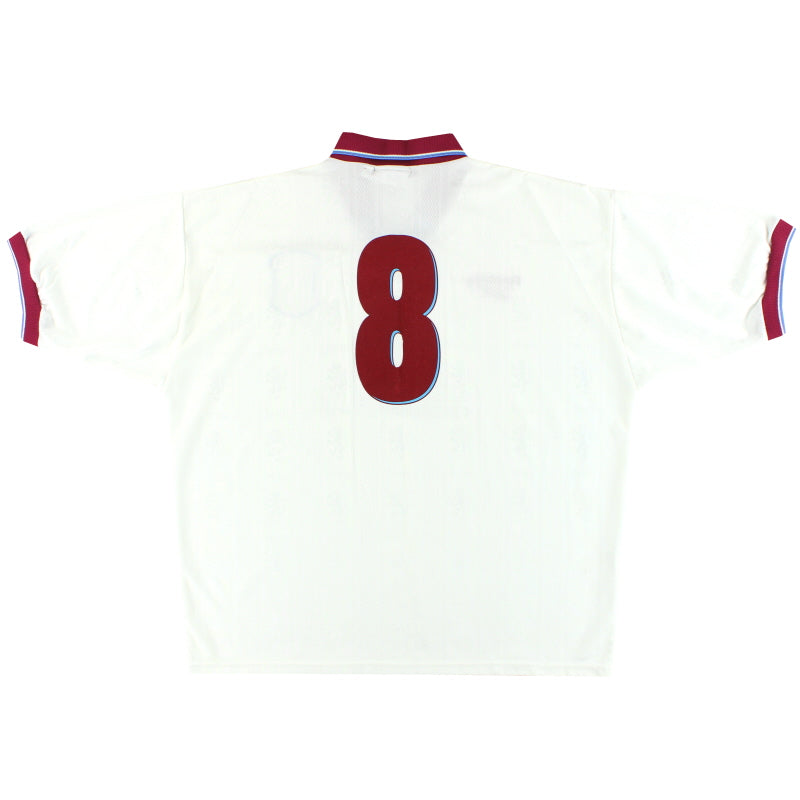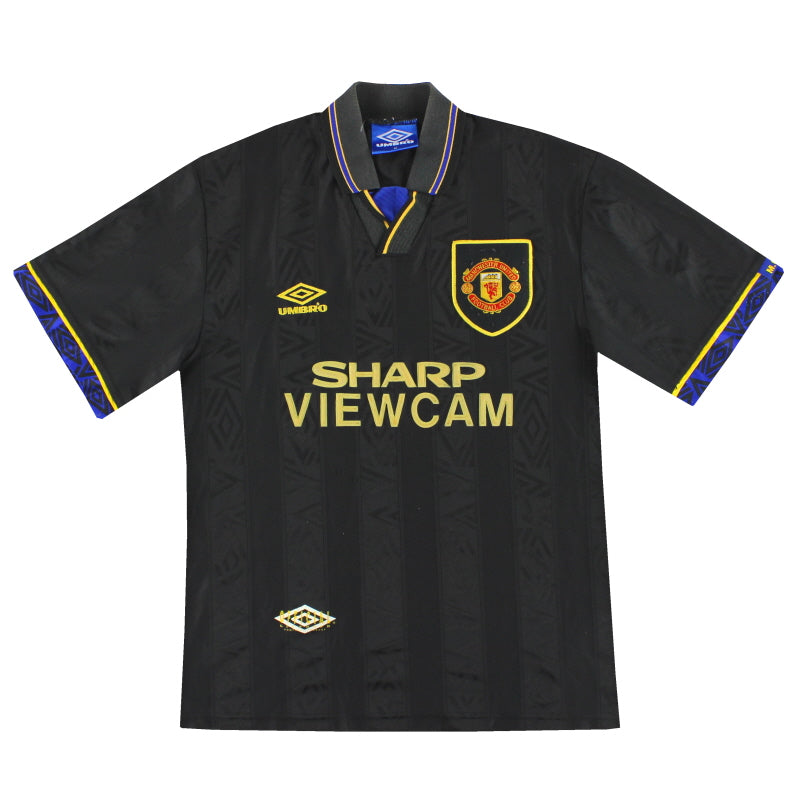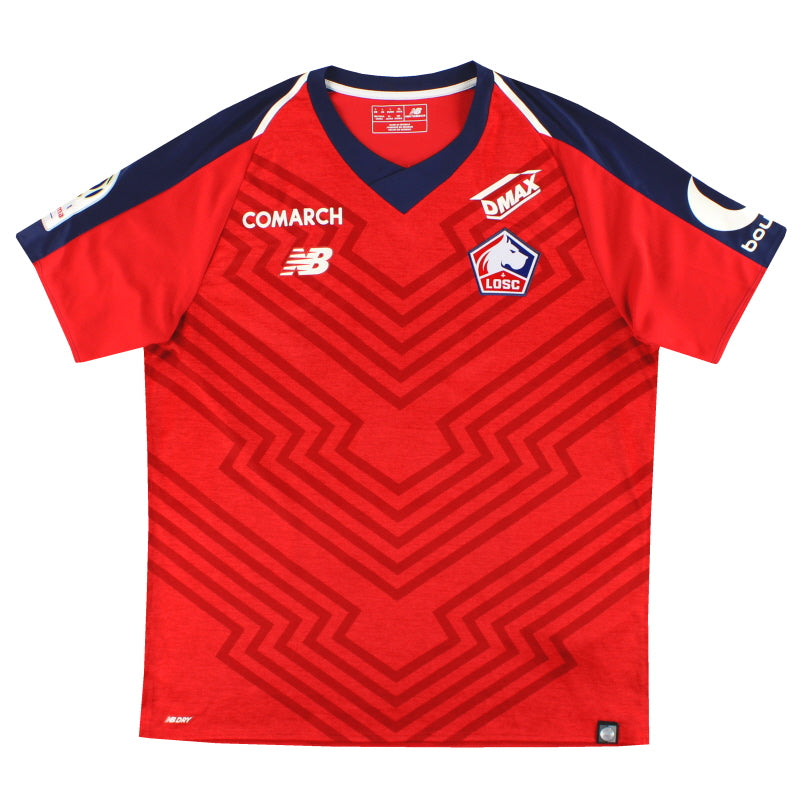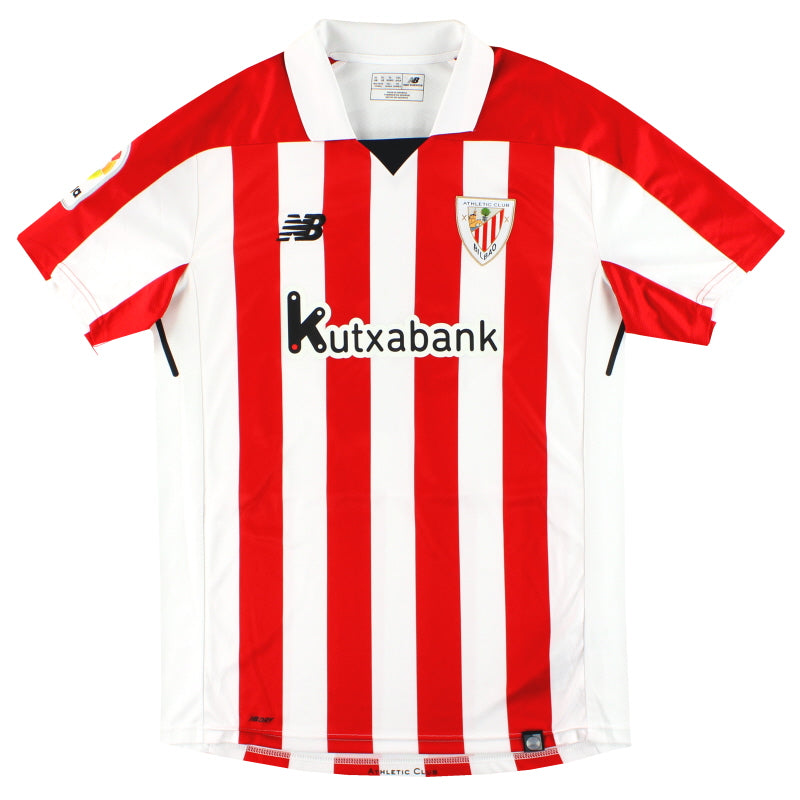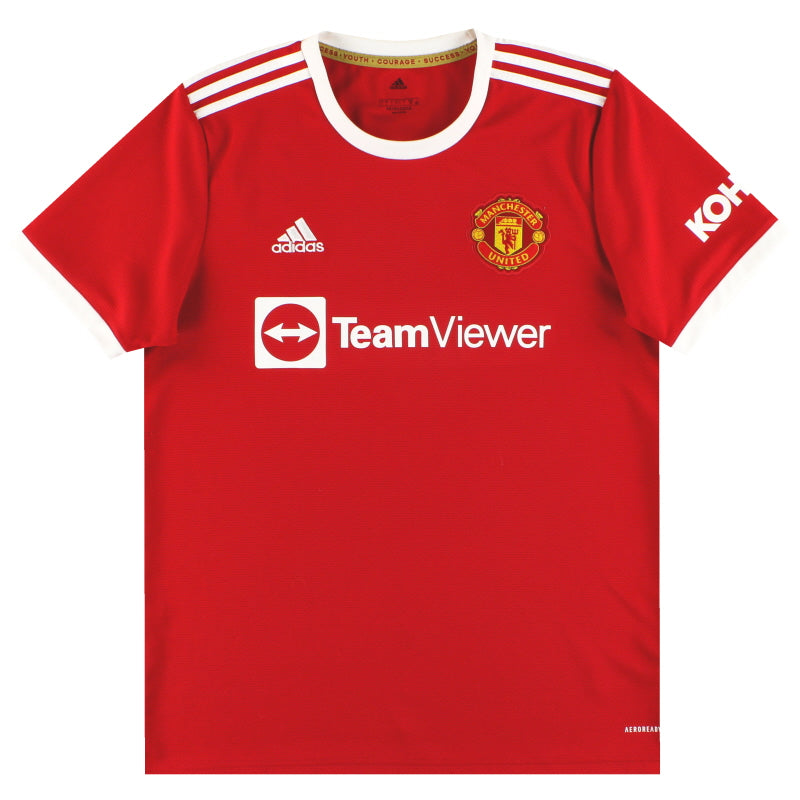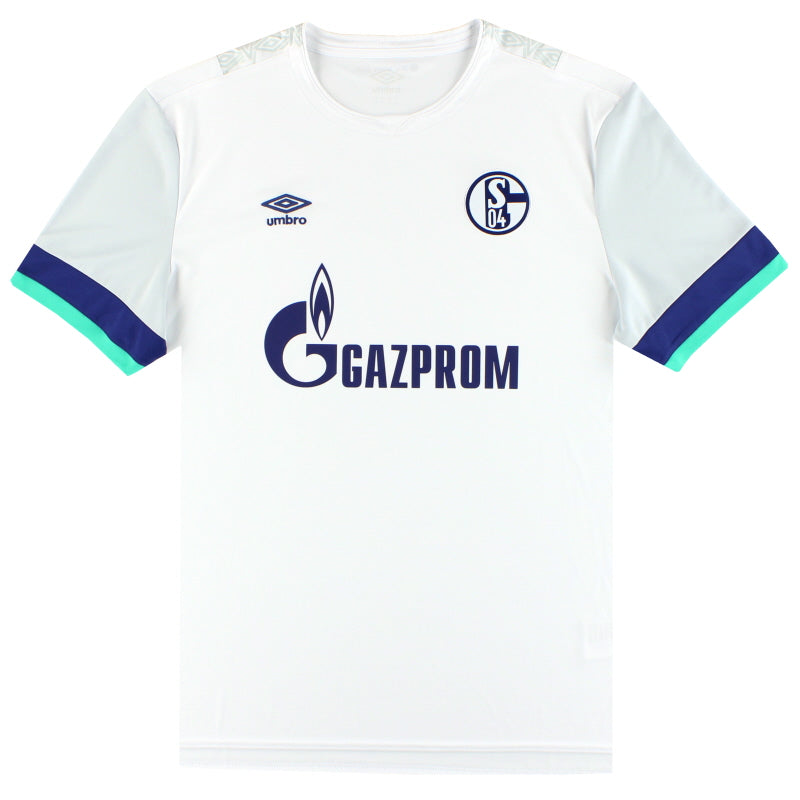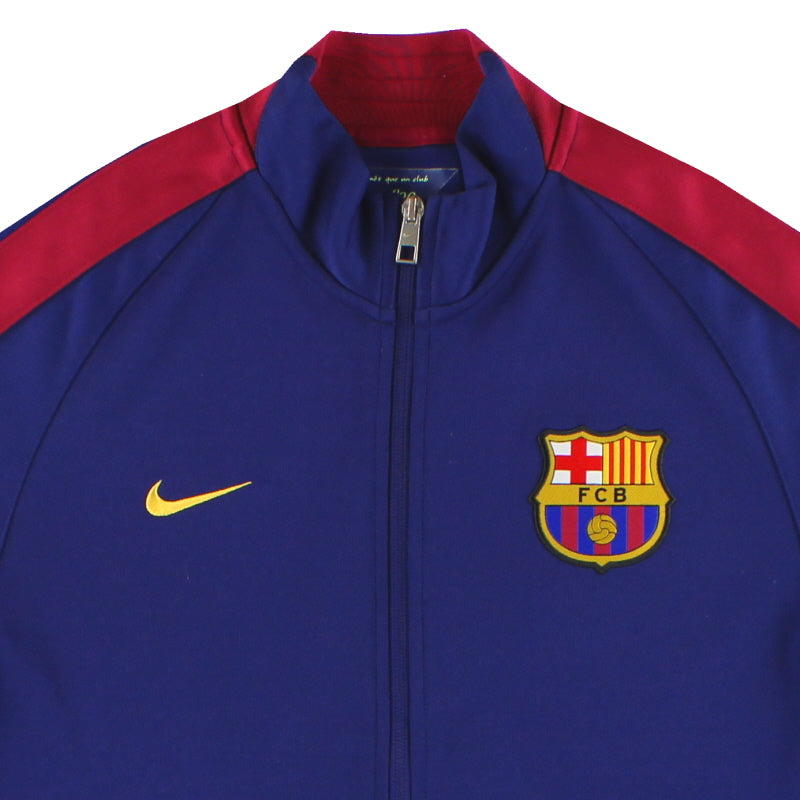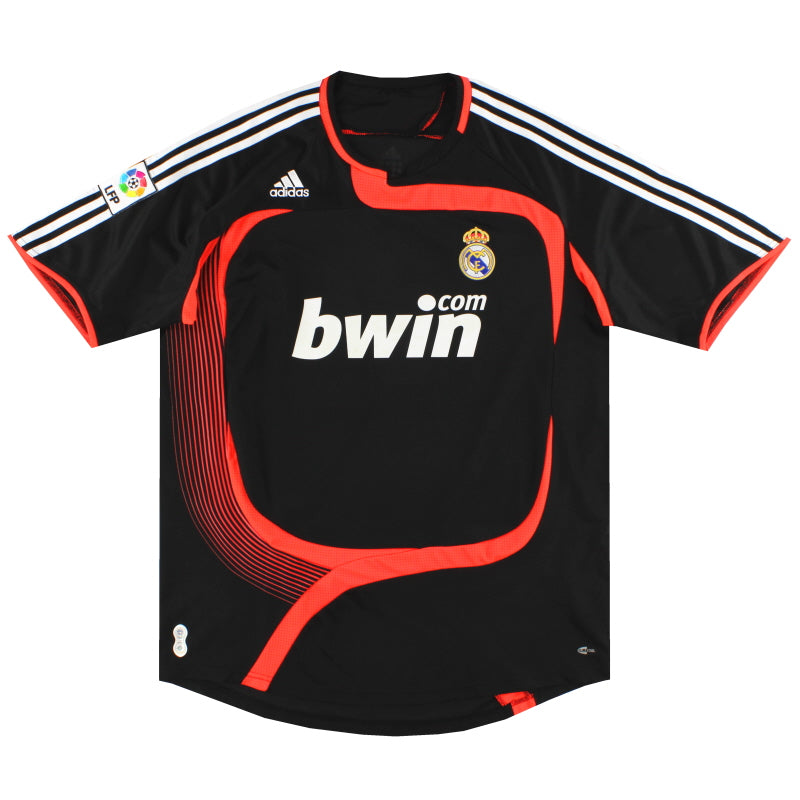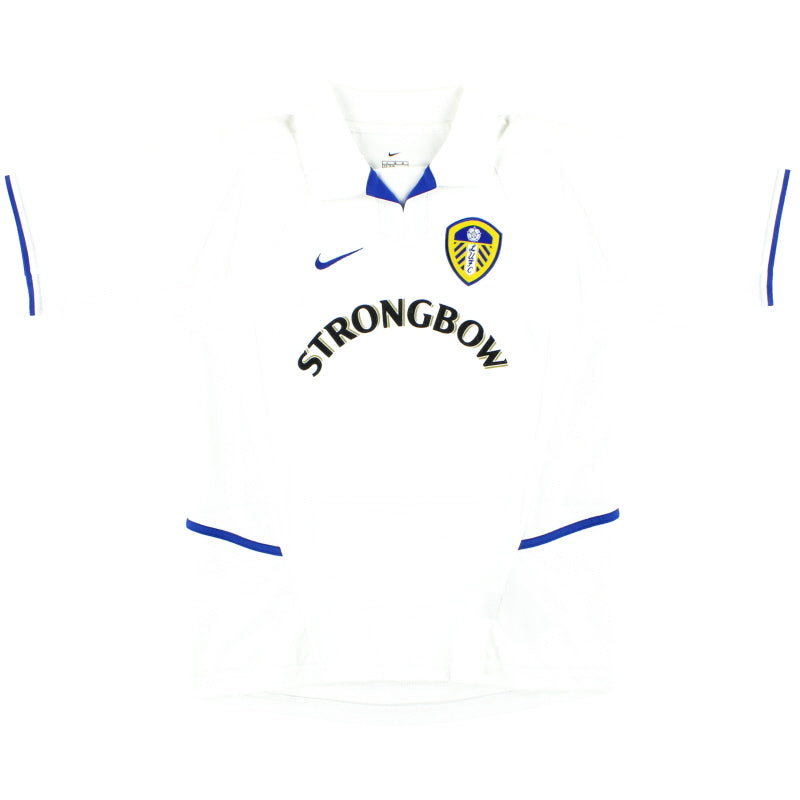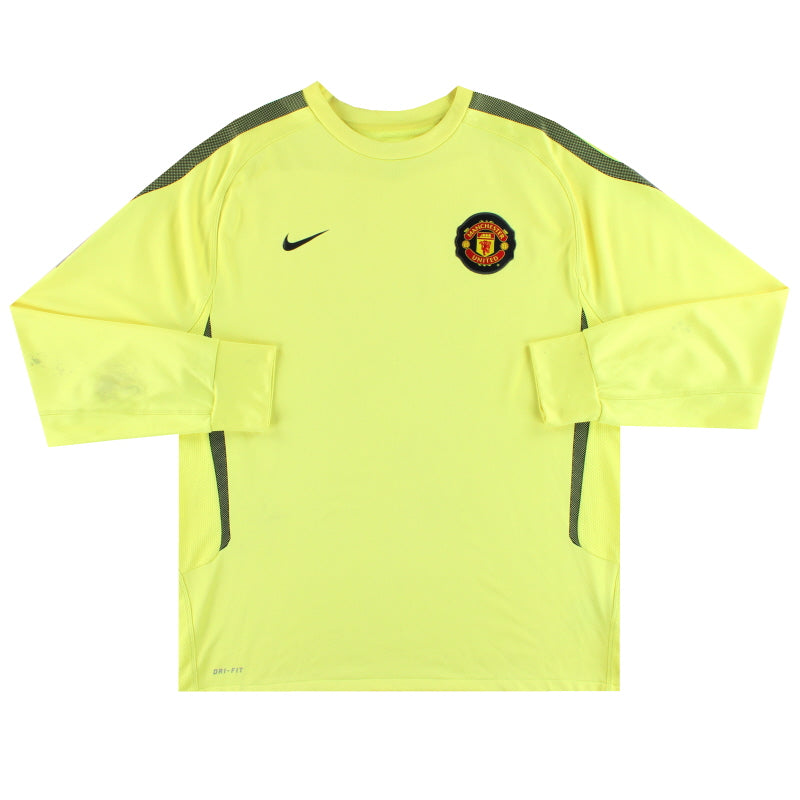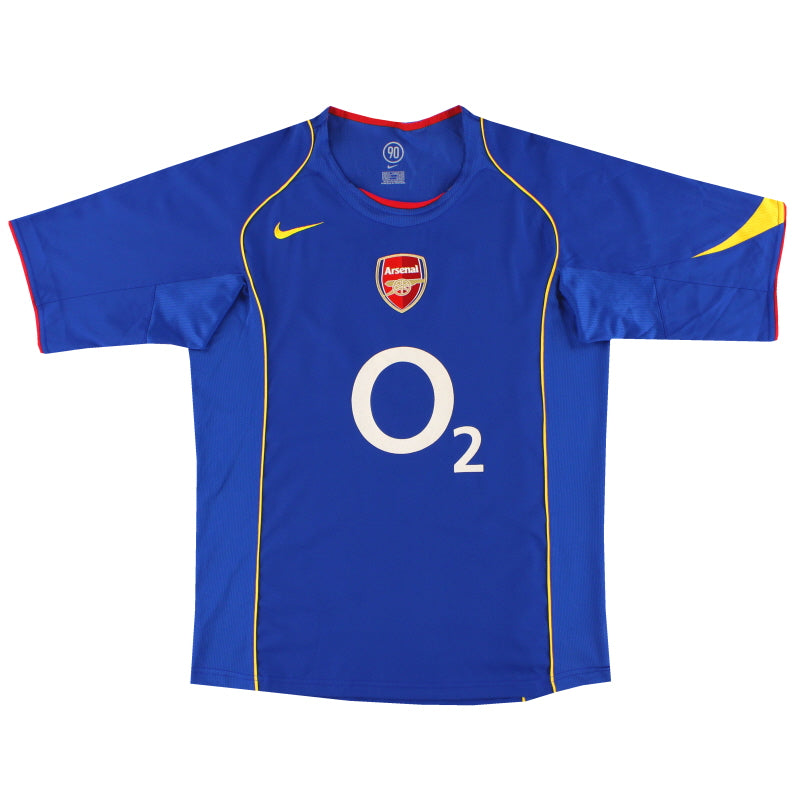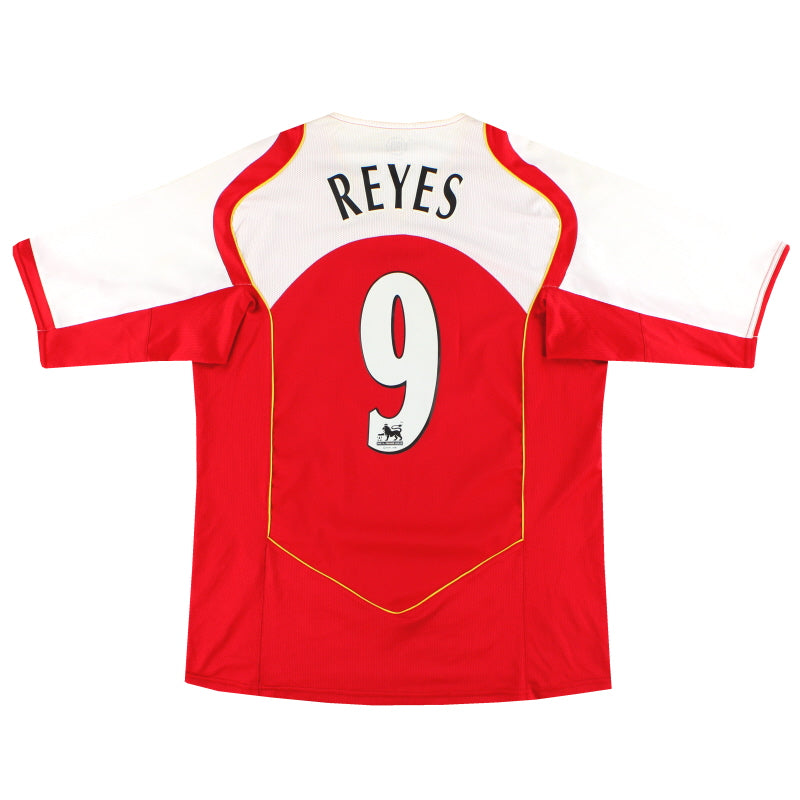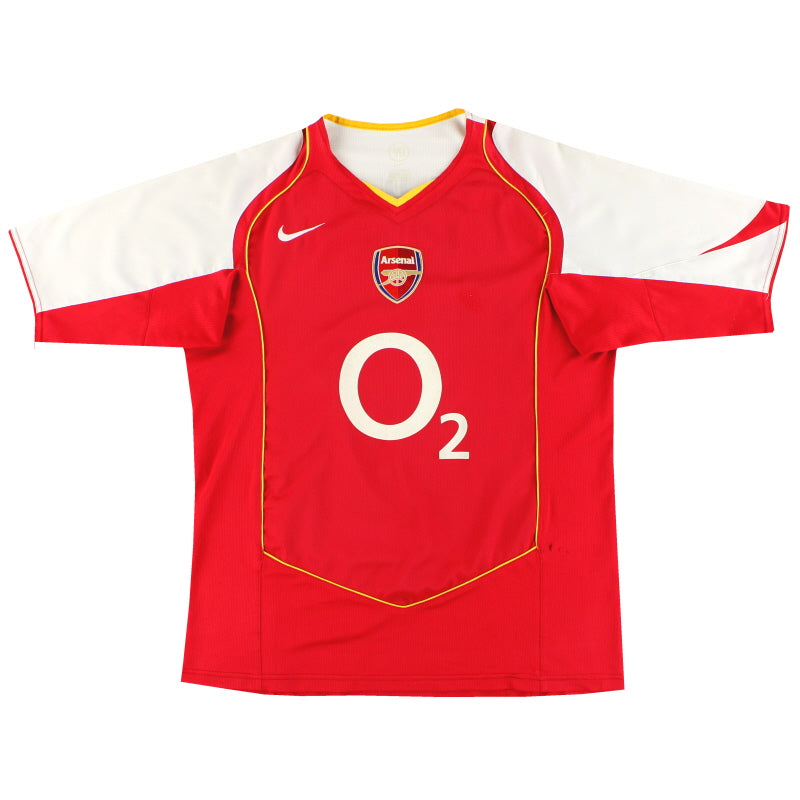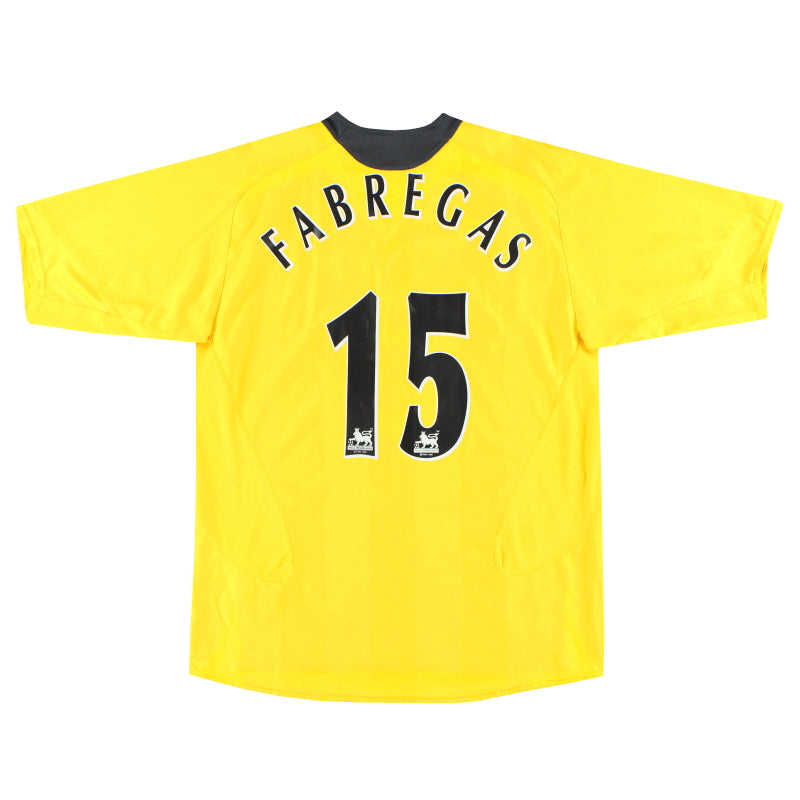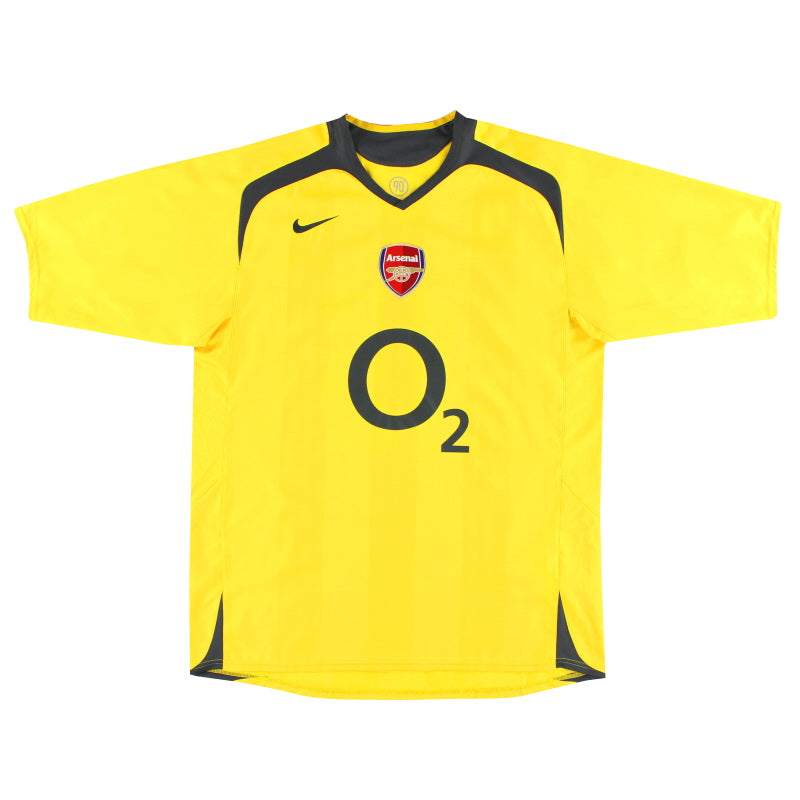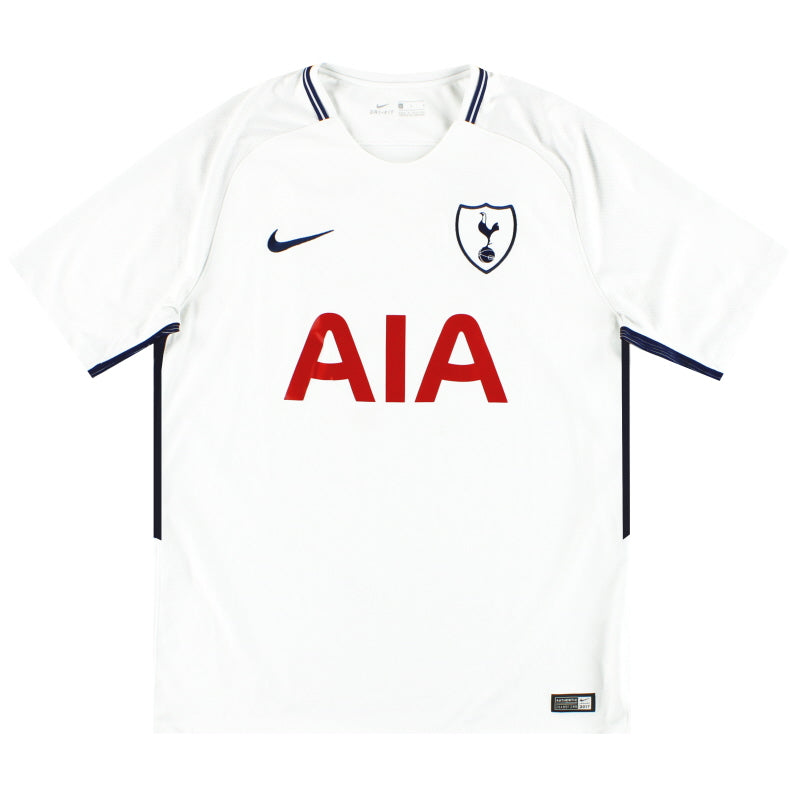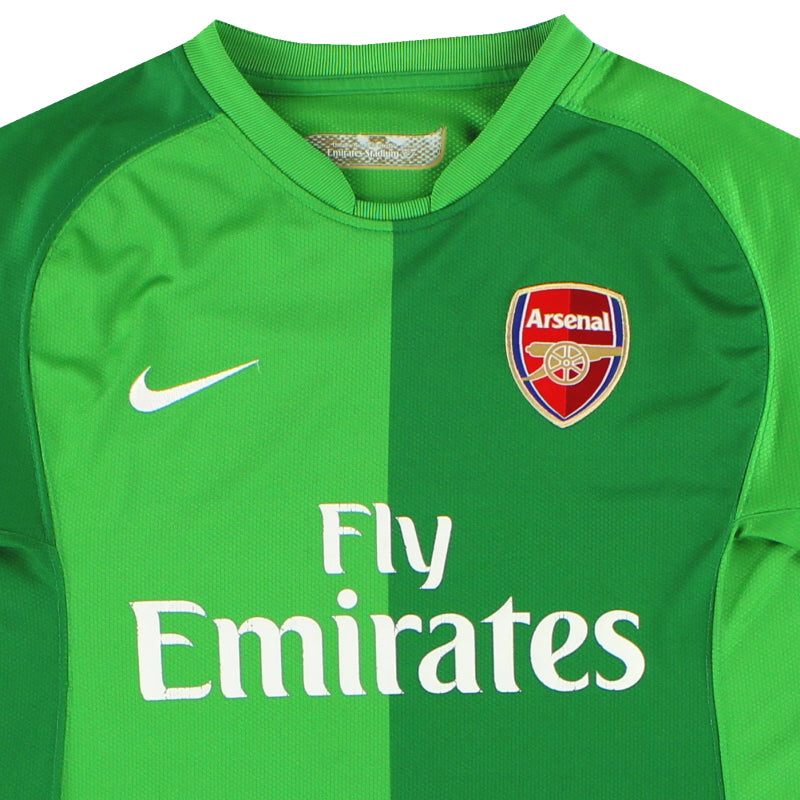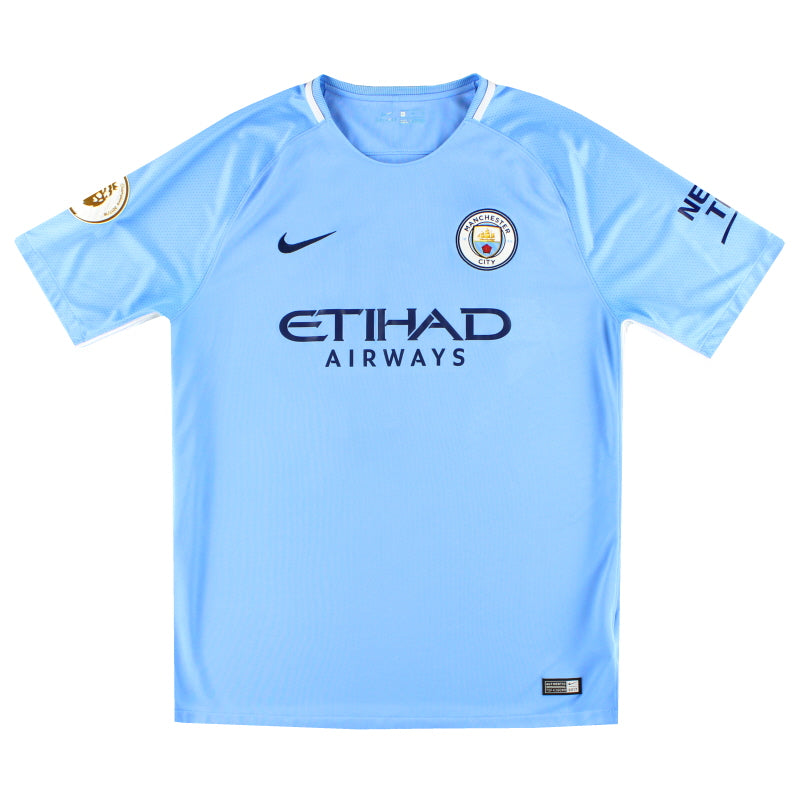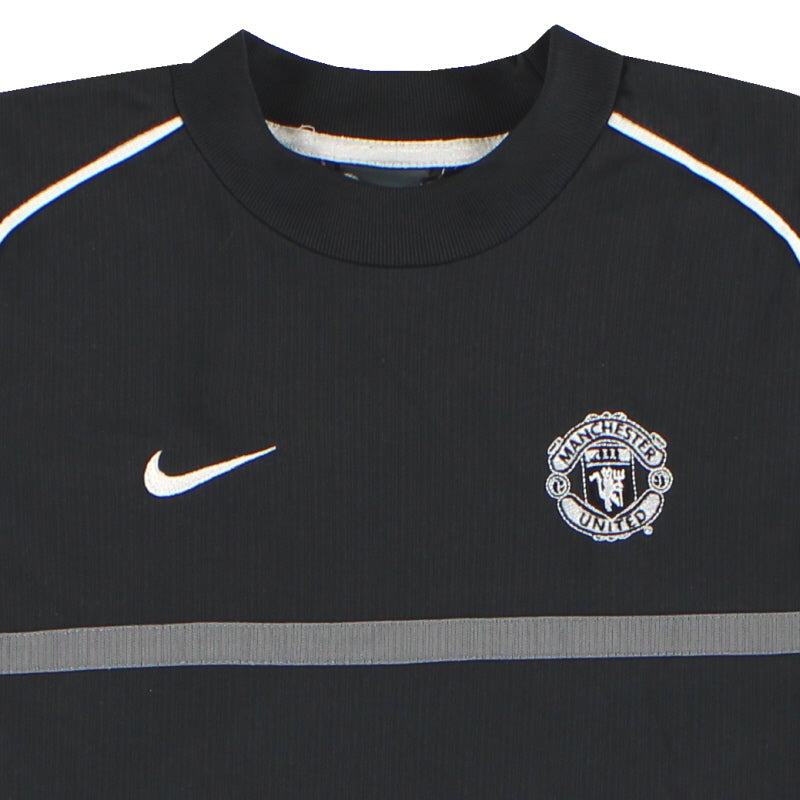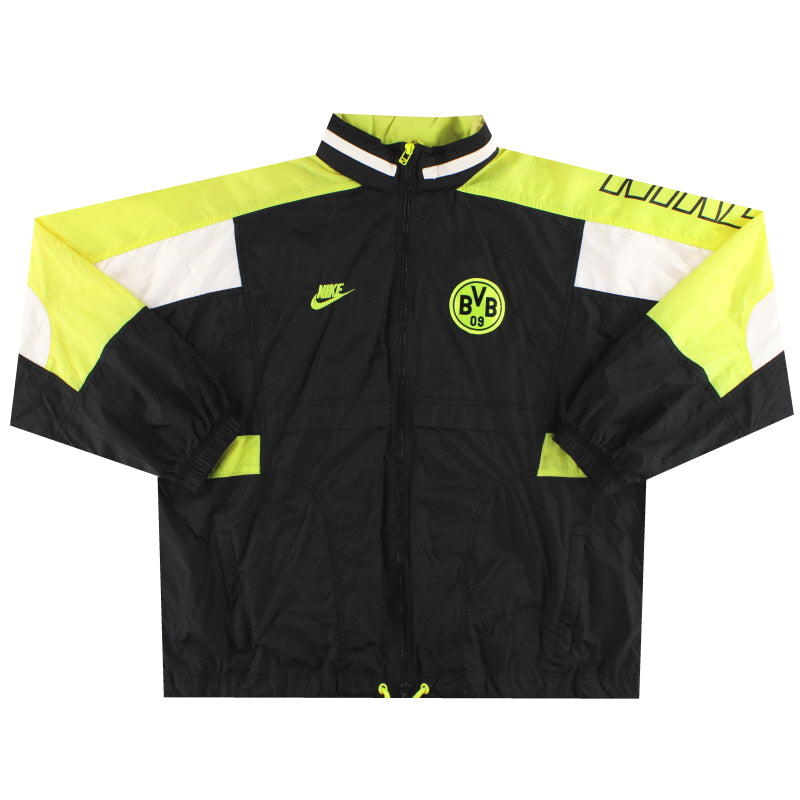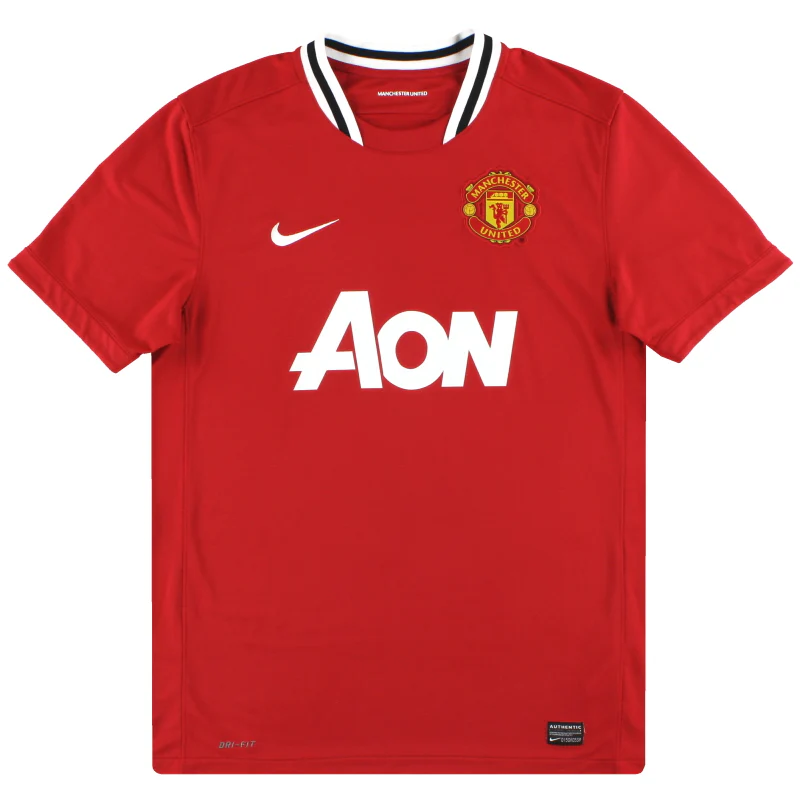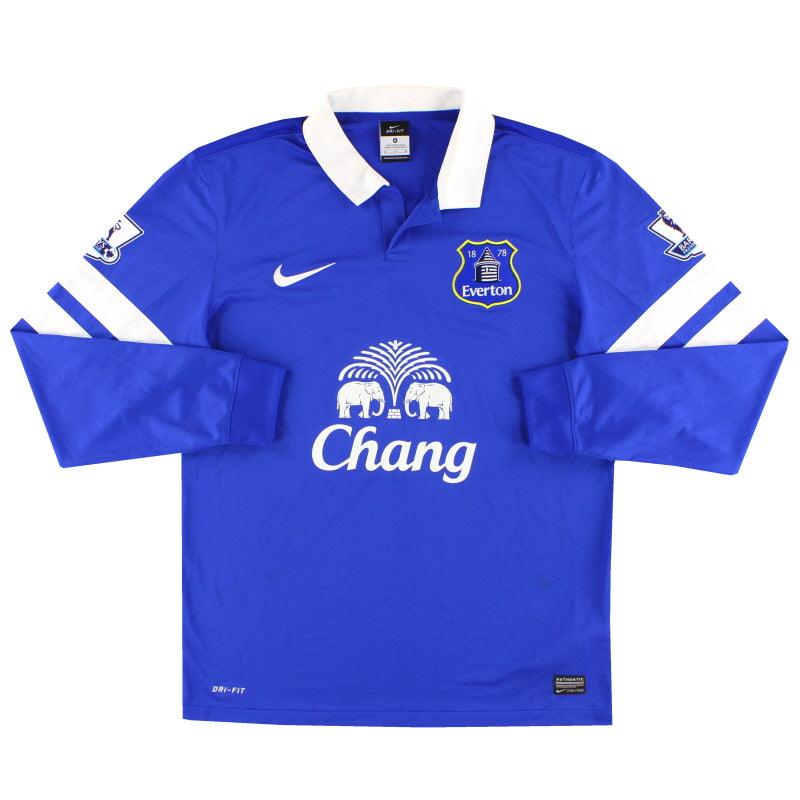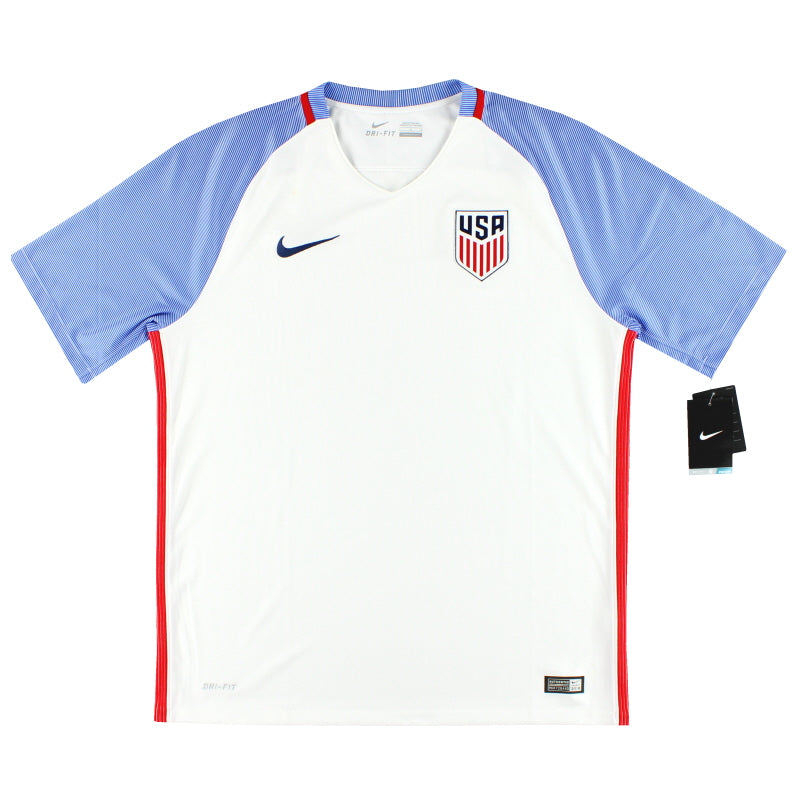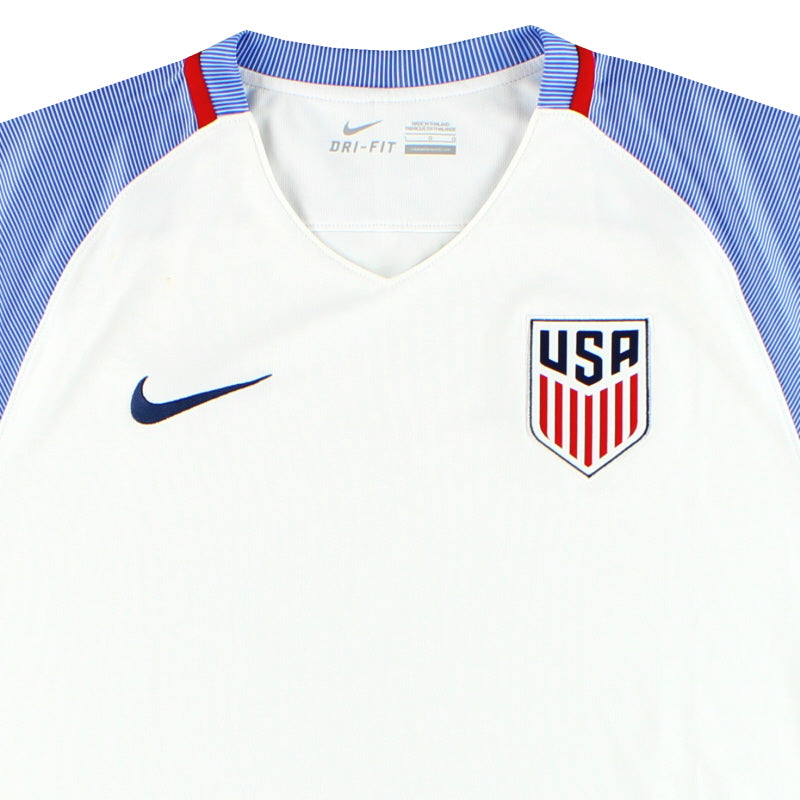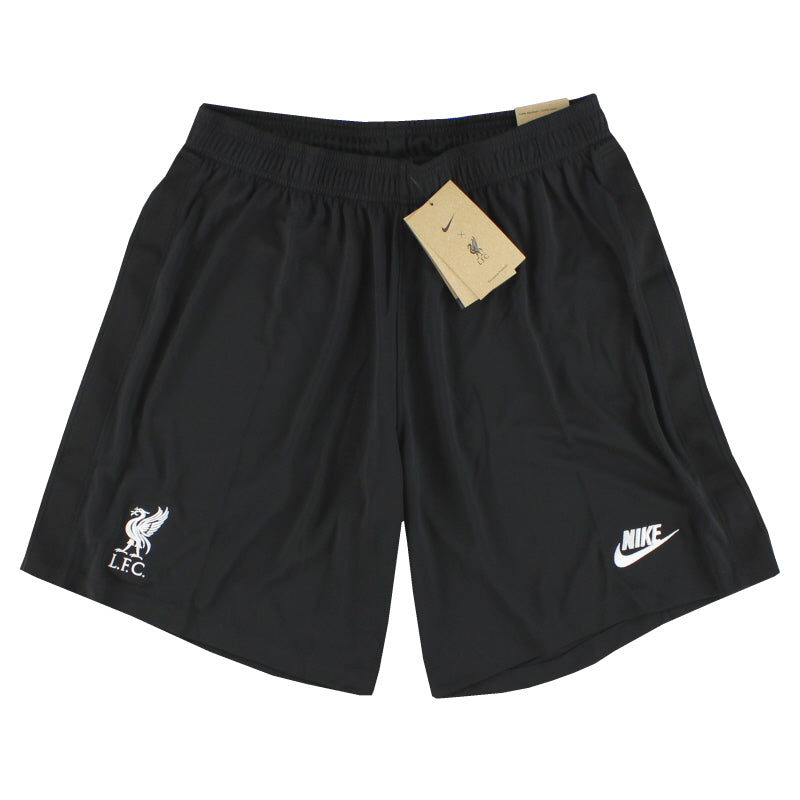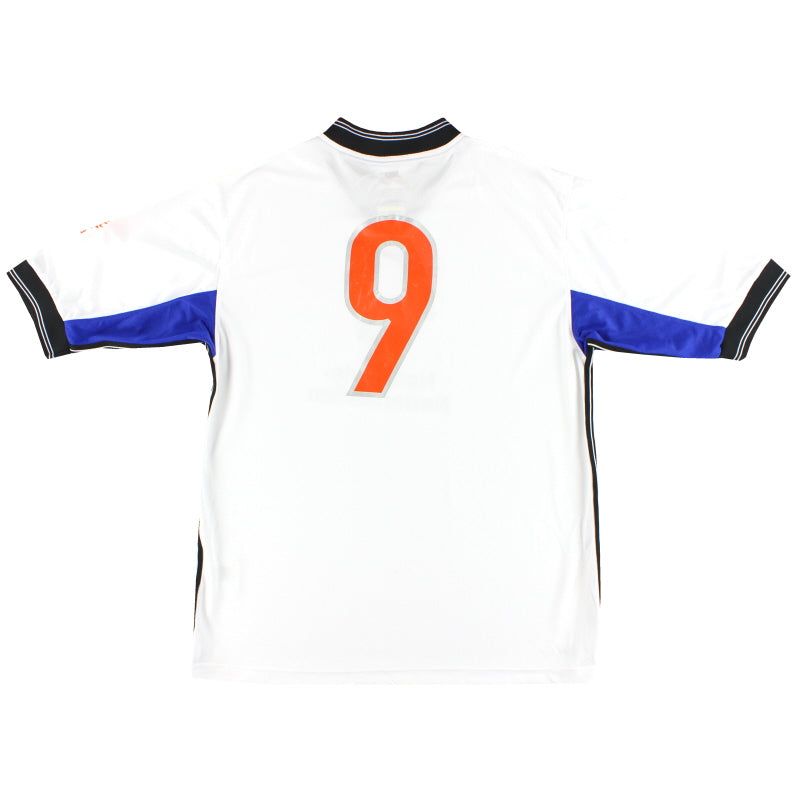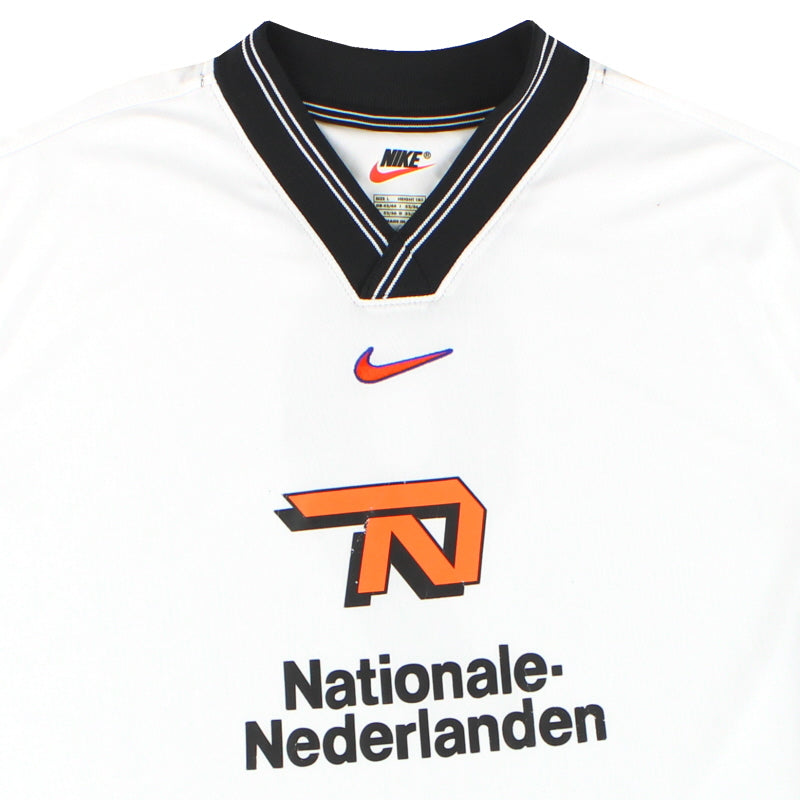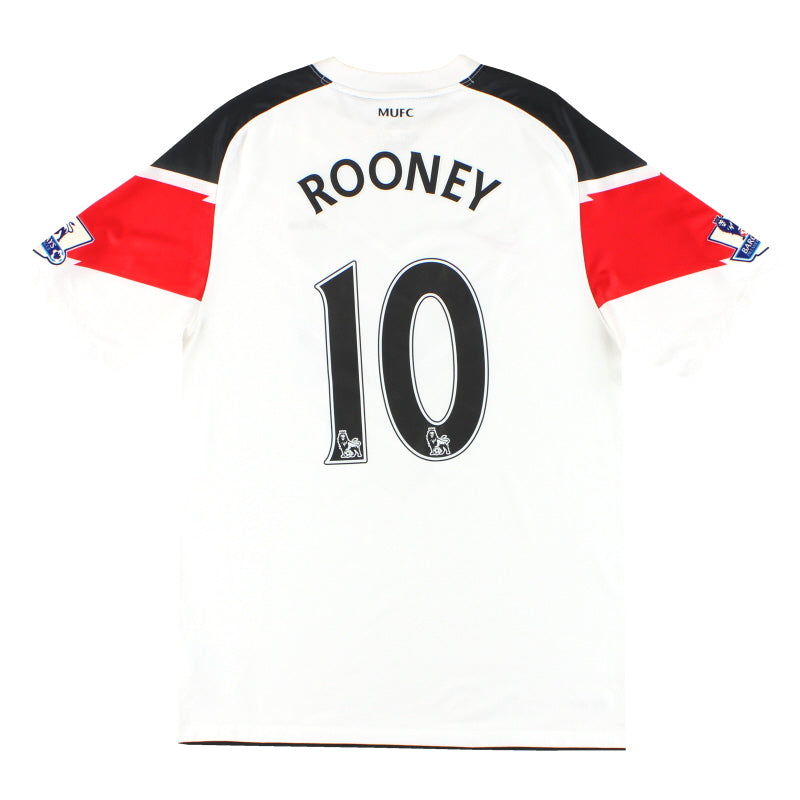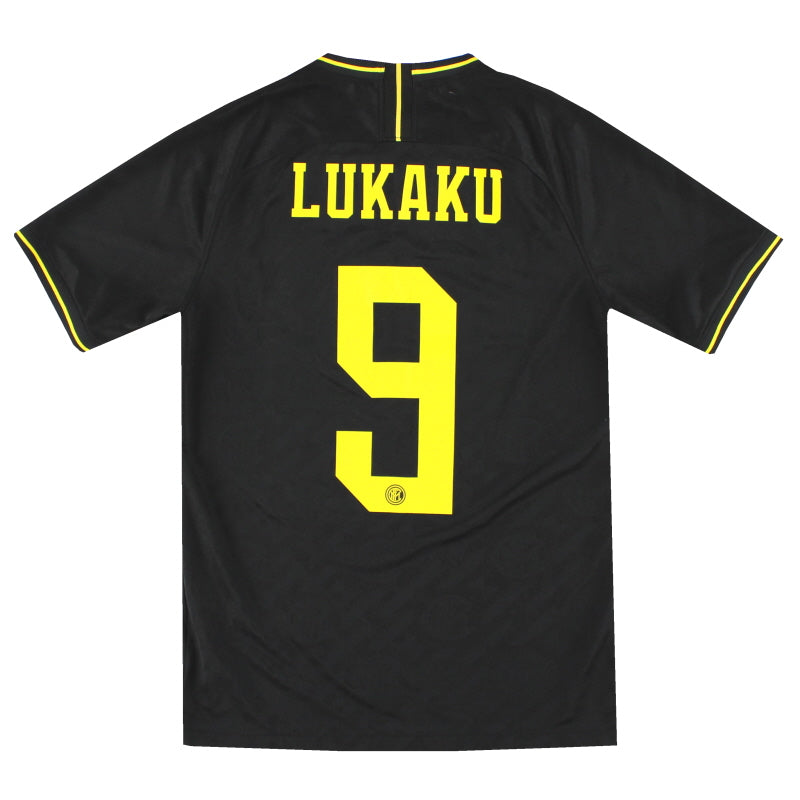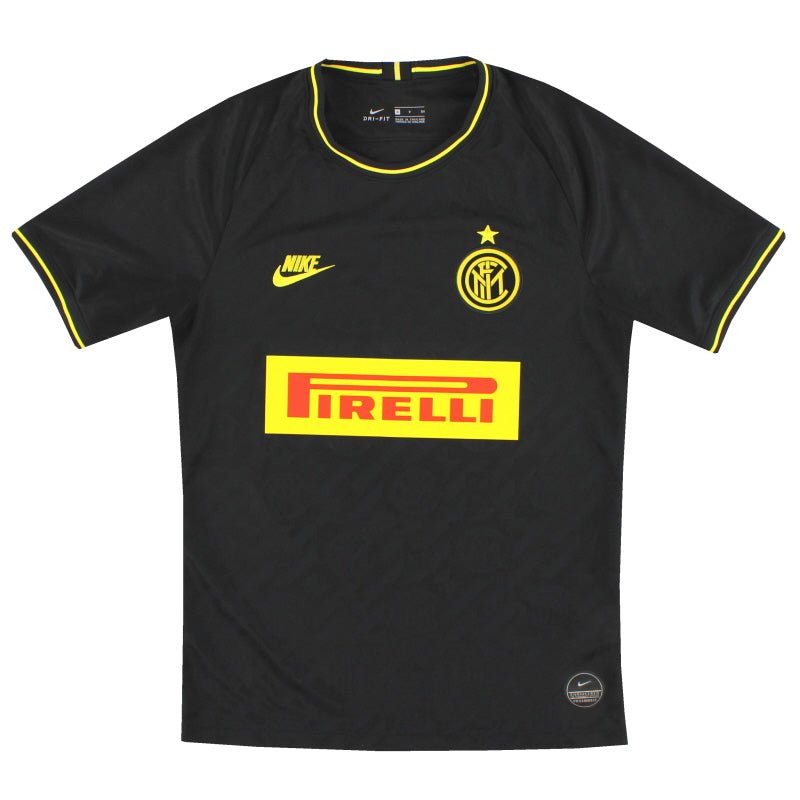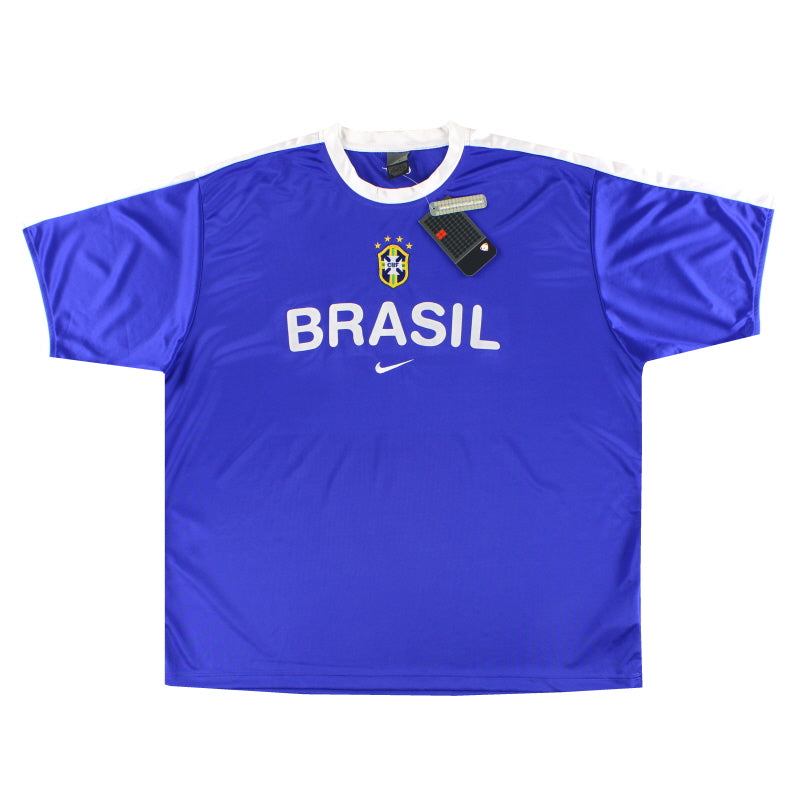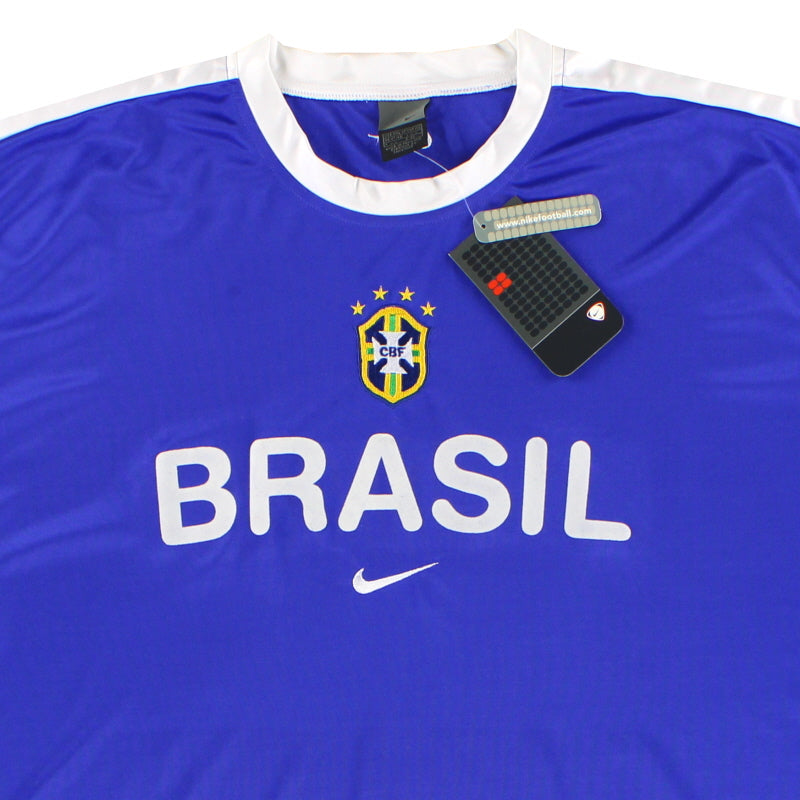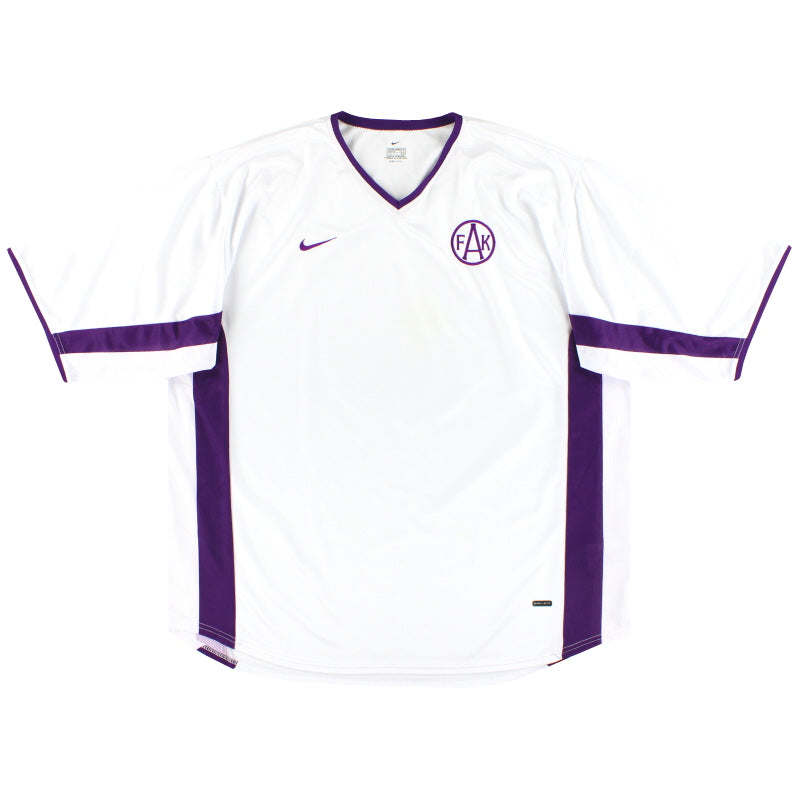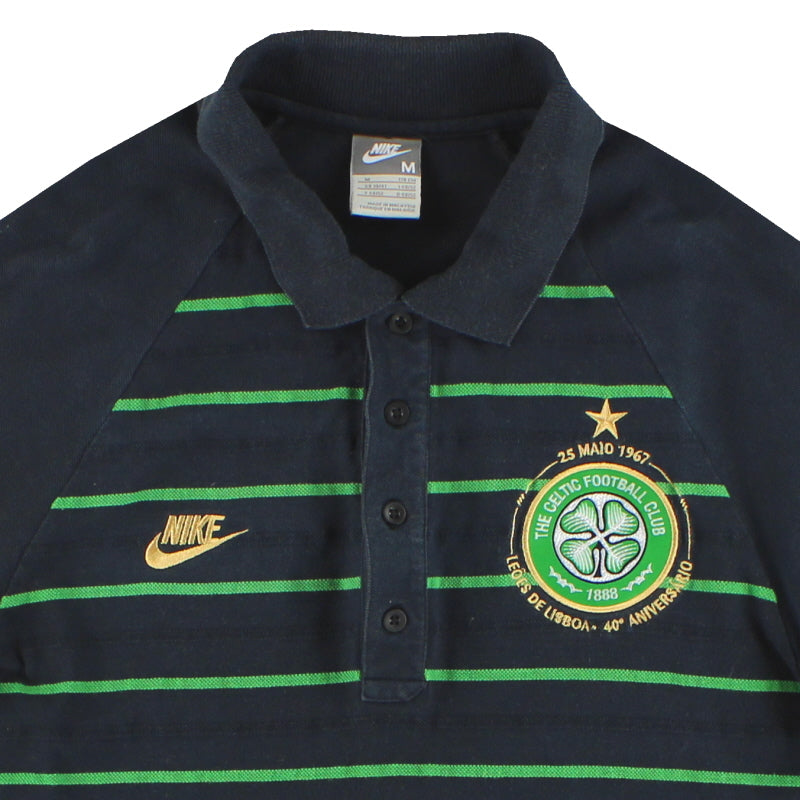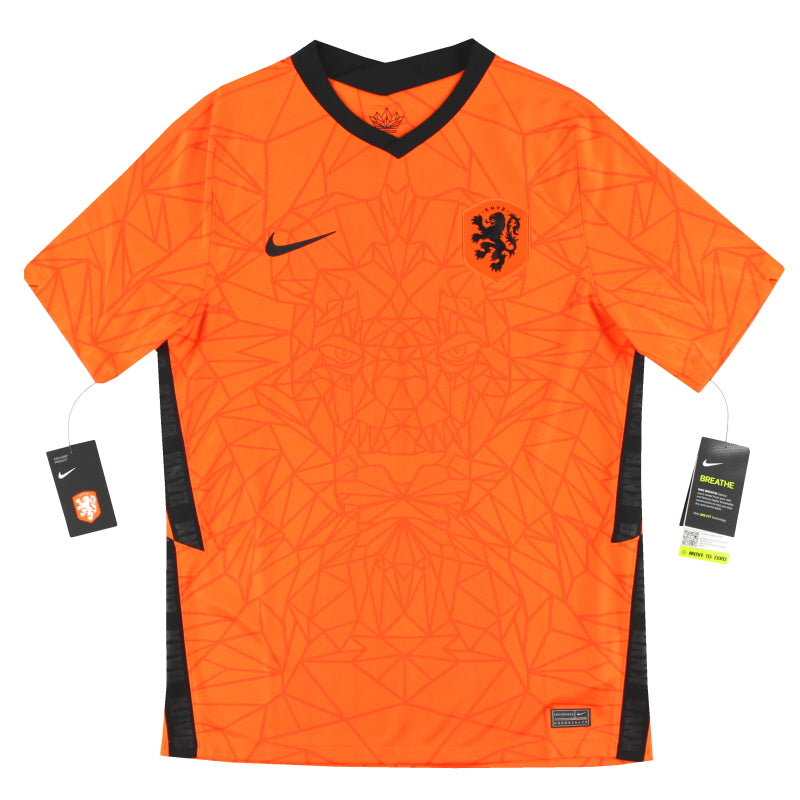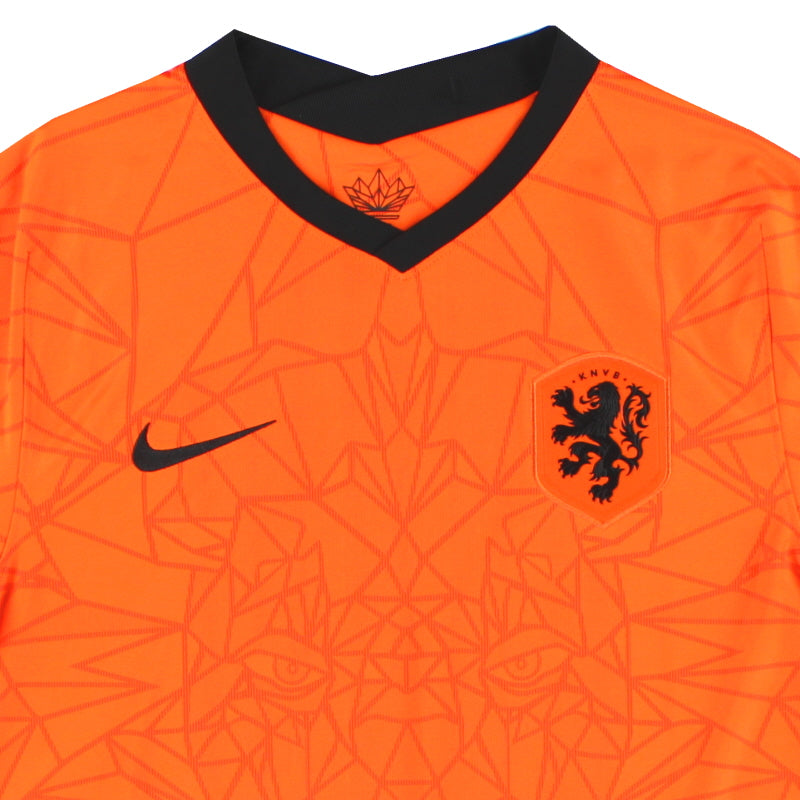Nike
Nike today are regarded as one of the giants in sportswear and, as with many sportswear brands the company started life in the footwear industry.
Nike were formed relatively recently as Blue Ribbon Sports in the USA in 1964 by athlete Philip Knight and his coach Bill Bowerman who both initially acted as US distributor for Japanese footwear company Tiger (now Asics). Two years later they opened their first retail store in California but by 1971 the deal with Tiger was close to ending. Fortunately both men had constantly examined ways to improve sports shoes and therefore performance on the track, and launched their own line of footwear for the first time in 1972. The products also featured the now iconic ‘swoosh’ logo.
Originally designed by Carolyn Davidson the marque is now arguably the most recognised logo in the sportswear world and embodies the spirit of the Greek winged goddess who lends her name to the company. The adoption of the ‘Nike’ name later in the decade was thought up by the company’s first full-time employee Jeff Johnson who proved invaluable to the fledgling company designing marketing/promotional material, managing the mail order side of the firm and also designing several early Nike shoes.
The company grew throughout the 1970s and by 1980 claimed a 50% market share in the US athletic shoe market - rivaling that of the likes of German brands adidas and Puma. A key factor here was the successful debut of Nike Air foot cushioning technology amidst its range. A brief dip in fortunes in the mid 80s was overcome later that decade and in 1988 the famous ‘Just Do It’ advertising tagline was born - Nike’s world sportswear domination gathered pace.
Although the company found their success thanks to their innovative footwear they also began producing clothing in the 1970s. Their first tentative venture into the British football market came in 1983 when they began supplying the then 1st Division side Sunderland, the deal coming about due to the club’s close proximity to Nike’s main UK office in Wearside. The kits the Mackems sported were standard teamwear designs that were over-badged, explaining the unorthodox positioning of brand logo/club crest on the chest. The company also supplied Monaco and Paris St Germain in the French league.
However it wasn’t until 1994 that Nike’s reappeared in England’s top flight thanks to a kit deal with Arsenal just at the start of the 90s replica kit boom. They revitalised the Gunners’ strips and towards the end of the decade further top flight English deals arrived in the shape of Sunderland, Leeds United and, in 2002, Manchester United, wrenching the enviable Red Devils contract from their hometown company Umbro. It was clear that although Nike had built their reputation and grown in success thanks to their footwear the company was now showing a deep resolve to break into the football strip market.
Around the rest of the world Nike’s presence also grew throughout the 1990s thanks to domestic deals with the likes of Inter Milan and the daddies of European football Barcelona, and the increasing number of international sides such as Brazil and Holland who now sported the famous swoosh logo on their shirts.
Alongside Nike’s high profile team kit deals they also sponsored individual players and sportsmen. The first was Romanian tennis player Ilie Nastase - other notable deals linked the company with Carl Lewis, Sebastian Coe and, most famously, basketball player Michael Jordan.
As the new millennium loomed Nike’s dominance grew further and the launch of their successful Total 90 range of kits and boots helped cement their reputation as one of the most exciting kit designers around with many of their roster adopting the range in 2004. The decade also saw the company adopt a conceptual approach to kit design, taking inspiration for design elements and decoration from history and culture.
By the time of the 2010 World Cup, 9 of the 32 qualifying sides wore Nike and their presence increased in the British domestic game thanks to the many teamwear designs favoured by lower league sides. The company also wrenched the French national football side away from long term partners adidas who joined their rugby playing countrymen in wearing Nike. Incidentally, rugby is another sport where Nike have dominated, dressing the England side for many years until Canterbury took over in 2012.
In 2008 the company bought UK kit giants Umbro and supported the firm as they once again set new standards in kit design and brave philosophy culminating in some stunning outfits for the English national side. However in 2012 Nike announced the sale of Umbro and many of their high profile roster, including Manchester City and England have confirmed their switch to the swoosh. With the enviable England contract now in the bag, future growth for Nike looks secured.




